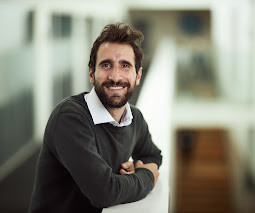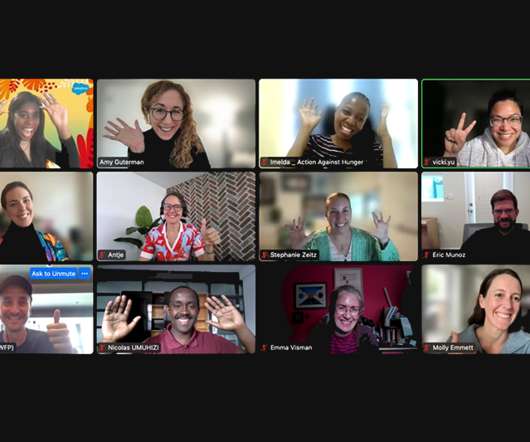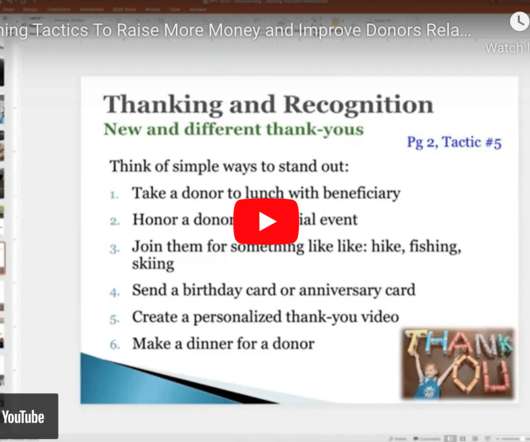How Leaders Use Four Workarounds To Tackle Complex Problems
Eric Jacobsen Blog
MARCH 23, 2023
In Part 1 of this fascinating and instructional book, author and Oxford University professor, Paulo Savaget , explains what workarounds are and how to come up with them. The organization I studied in Zambia worked around them by piggybacking on Coca-Cola’s distribution channels.












Let's personalize your content